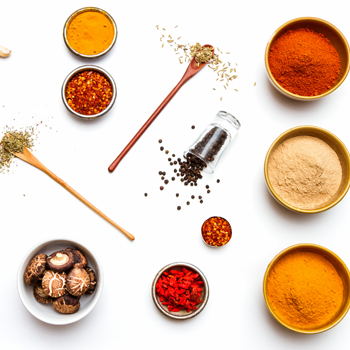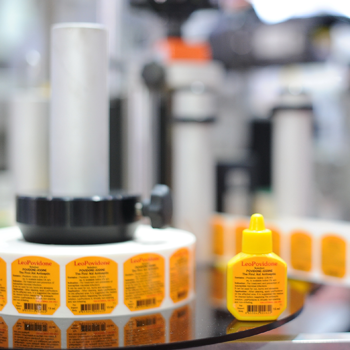การตรวจสอบในไลน์การผลิต
By: เสฏฐวุฒิ ยอดนันทพัฒน์
Settawoot Yoodnunthaphat
Client Manager
British Standards Institution (BSI)
settawoot.yoodnunthaphat@bsigroup.com
การตรวจสอบในไลน์การผลิตเป็นการทวนสอบเพื่อยืนยันถึงประสิทธิภาพและคุณภาพของผลิตภัณฑ์ ตลอดจนขั้นตอนการทำงานในองค์กร โดยการตรวจสอบแบ่งออกเป็นการตรวจสอบในเชิงกายภาพ ตั้งแต่การใช้ประสาทสัมผัสต่างๆ ของทางร่างกาย (Organoleptic or Sensory test) ไปจนถึงการใช้เครื่องมือ หรืออุปกรณ์ต่างๆ มาร่วมทดสอบ
เรามาทำความรู้จักวิธีการทดสอบผลิตภัณฑ์ในรูปแบบต่างๆ ที่โรงงานผลิตอาหารส่วนใหญ่ได้นำไปใช้ โดยเริ่มตั้งแต่
1. การตรวจสอบด้วยประสาทสัมผัส (Organoleptic or Sensory Test) คือ การตรวจสอบโดยอาศัยประสาทสัมผัสของมนุษย์ ซึ่งการตรวจสอบด้วยวิธีนี้จำเป็นต้องอาศัยผู้ที่มีความรู้ ความเชี่ยวชาญ และประสบการณ์เป็นผู้ทดสอบ เนื่องจากเป็นการตัดสินใจโดยตัวบุคคลเท่านั้น
2. การตรวจสอบโดยใช้เครื่องมือ (Instrumental Analysis) คือ การตรวจสอบเพื่อยืนยันค่าต่างๆ ในอาหารโดยใช้เครื่องมือวัด หรืออุปกรณ์ต่างๆ เป็นตัวรายงานผล โดยขอยกตัวอย่างเครื่องมืออุปกรณ์ที่มีใช้กันทั่วไปจนถึงเครื่องมือสำคัญที่สามารถวิเคราะห์ และแสดงผลได้โดยละเอียด
ในความเป็นจริงแม้องค์กรจะใช้เครื่องมือที่มีประสิทธิภาพ หรือมีความละเอียดมากน้อยเพียงใด แต่หากยังขาดการวางแผนการสุ่มตัวอย่างในไลน์ผลิตที่มีประสิทธิภาพ ผลการตรวจสอบหรือทดสอบนั้นอาจจะไม่ได้เป็นตัวแทนที่ดีสำหรับการยืนยันด้านคุณภาพของผลิตภัณฑ์หรือวัตถุดิบนั้นๆ
The production line inspection is a verification method to ensure the product quality on site at different stages of production process, as well as operating procedures in the organization. The inspection is divided into physical examination from the use of various senses of the body (Organoleptic or Sensory test), through using the tool or various instruments for testing.
Here is the examination of products in various methods that most food manufacturers have used, starting from
1. Organoleptic or Sensory Test is an examination based on the different senses of humans.
The testing by this method requires the knowledgeable, expertise, and experience person as a tester since it is decided by the person only.
2. Instrumental Analysis is an examination to confirm various values in food by using instruments or various tools as a measure. There are general instruments that can analyze and provide the result in specifics.
The above information is just an example of how to check the quality in the production line. In fact, even though the organization uses effective tools or high resolution if there have no efficient plan for sampling products from the production line, the results of the inspection or testing may not be a good representative for confirming on the quality of products or raw materials.









